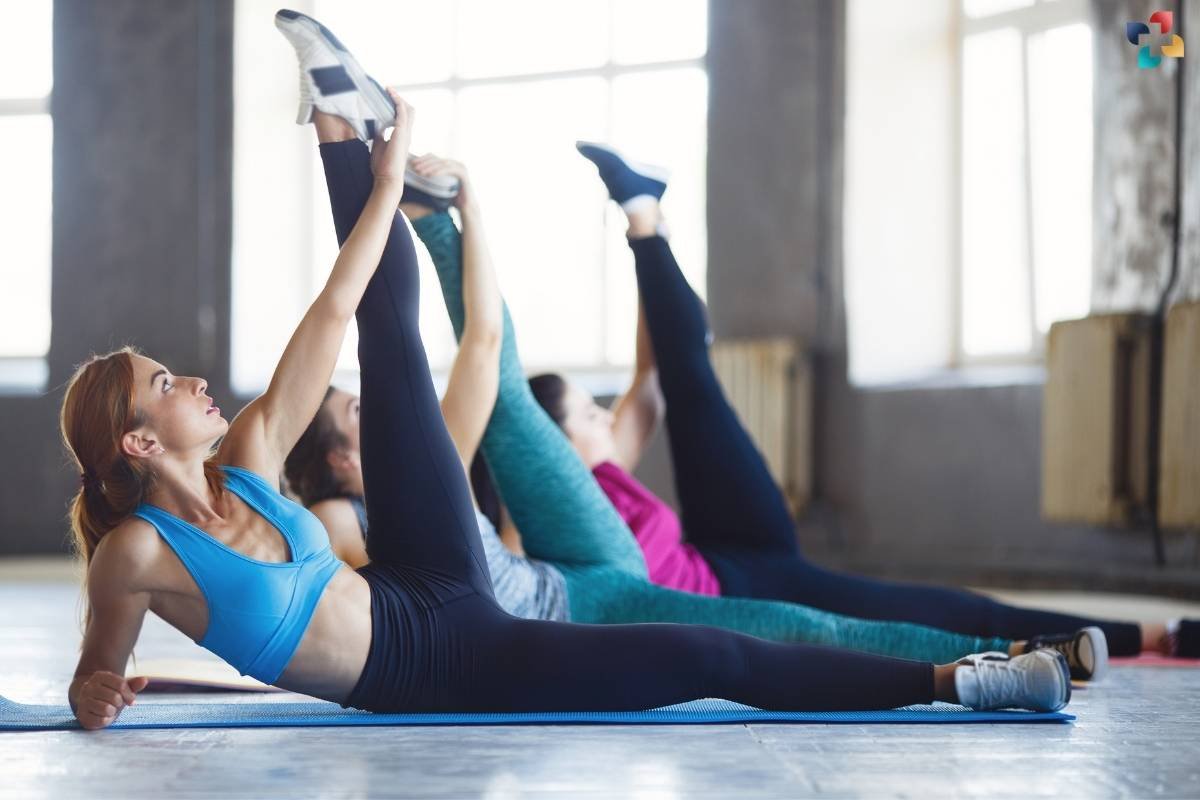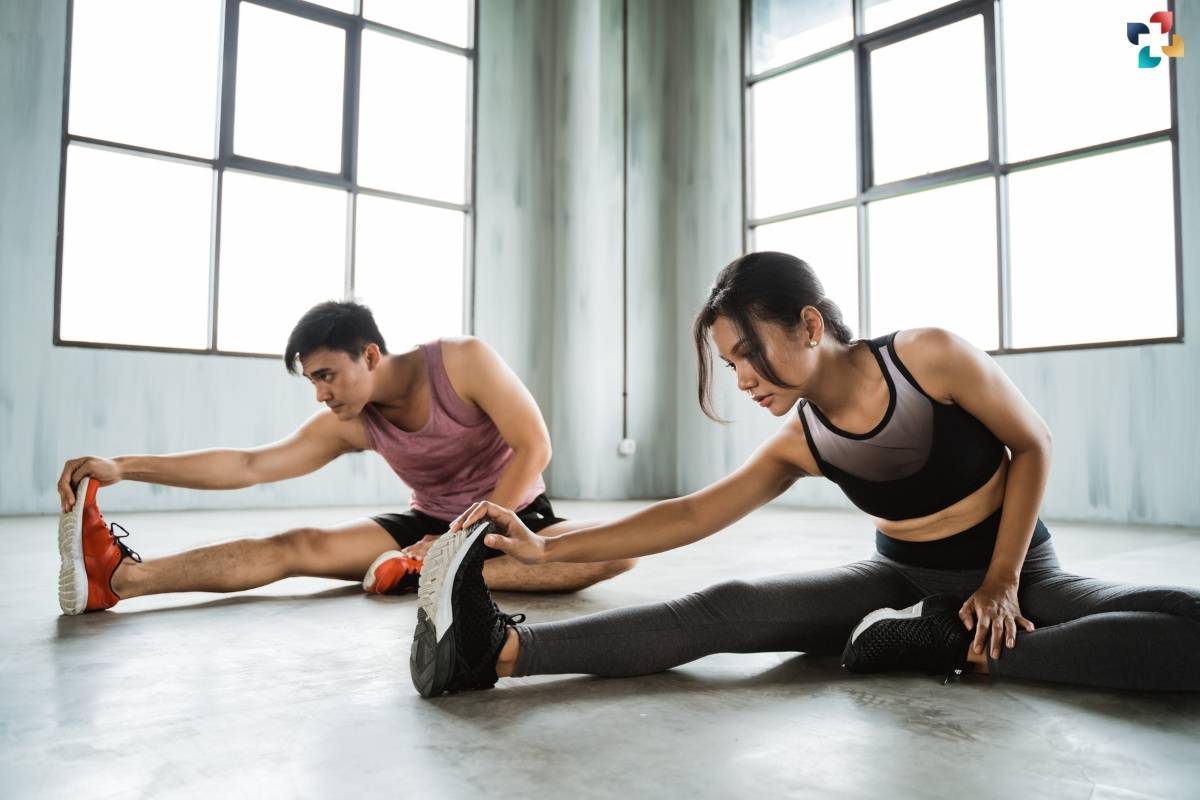Stretching is undoubtedly an important aspect of the workout. Often people underestimate the importance of it. Stretching helps the body to prevent aches in muscles, gives relaxation by relieving stress, and increases the flexibility of the body overall. It prevents injuries too. The type of stretching you do, affects your body tone. Before and after a workout stretching is necessary. The way in which you limber depends on the effectiveness of the type of stretching.
Static or dynamic stretching is the type of stretching activity which are done mostly by people. Static stretches are where you lie or stand still holding a single position for up to 45 seconds. Dynamic stretching is controlling your movements which gives resistance to the body parts that are in motion for some time. It prepares your body for performance and safety.
Whether static or dynamic stretching, unable to decide isn’t it?
Give us the opportunity to let you know What’s Best for Your Fitness, Static or Dynamic Stretching.
Static Stretching: Unpacking the Basics
Static stretching involves holding a single position to lengthen and relax a specific muscle or muscle group. Typically, you’ll hold the stretch for 15 to 30 seconds, aiming to reach a point of mild discomfort without pain. This method is effective for increasing flexibility and range of motion.
Static stretching can:

- Improve Flexibility:
Over time, static stretching can lead to increased muscle length, allowing you to achieve a wider range of motion.
- Reduce Muscle Tension:
Holding a static stretch promotes muscle relaxation, which can alleviate tension and improve your overall feeling of well-being.
- Enhance Posture:
Regular static stretching can contribute to better posture by targeting tight muscles that may pull the body out of alignment.
- Increase Blood Flow:
Stretching increases blood flow to the stretched muscles, which can help with recovery and reduce the risk of injury.
Dynamic Stretching: The Moving Alternative
Dynamic stretching involves active movements that take your body through a range of motion. Unlike static or dynamic stretches are performed with a controlled and deliberate motion. They are excellent for warming up before a workout or sporting event.
Dynamic stretching offers several benefits:
- Improves Circulation:
The active movements in dynamic stretching increase blood flow and heart rate, preparing your body for more vigorous exercise.
- Enhances Muscle Activation:
Dynamic stretches engage and activate the muscles you’ll be using during your workout, improving muscle readiness.

- Increases Joint Mobility:
Dynamic stretching helps lubricate the joints and improves their range of motion, making movements smoother and more controlled.
- Prepares the Body:
Dynamic stretching mentally prepares you for the upcoming activity, helping you focus and concentrate.
What Stretching Does to Your Body
Stretching has a profound impact on your body, regardless of whether you choose static or dynamic stretching. Here’s what it does:
1. Improves Flexibility
Stretching elongates muscle fibers, allowing for greater flexibility and range of motion.
2. Reduces Muscle Stiffness
Stretching relieves muscle tension and stiffness, helping you move more freely.
3. Enhances Circulation
Stretching increases blood flow, which aids in nutrient delivery to muscles and promotes healing.
4. Relieves Stress
Stretching has a calming effect on the mind and body, reducing stress and promoting relaxation.
5. Prevents Injuries
Regular stretching can help prevent injuries by keeping muscles and joints supple and ready for action.
Choosing the Right Stretching Style
The choice between static or dynamic stretching largely depends on your fitness goals and the activity you are preparing for:
1. Athletes

Athletes benefit from a combination of both static or dynamic stretching. Dynamic stretching should be performed as part of the warm-up to prepare the body for movement and reduce the risk of injury. Static stretching can be used after workouts or during a cool-down to improve flexibility and reduce muscle soreness. Choosing one from static or dynamic stretching is for the time being to gain energy of a particular weak muscle if exists.
2. Desk Job Employees
For those with sedentary jobs, static stretching is particularly beneficial. Prolonged sitting can lead to tight muscles, especially in the neck, shoulders, and lower back. Regular static stretching breaks can help alleviate tension and improve posture. After practicing static stretching a combination of dynamic stretching can be implemented. Both static or dynamic stretching can be done and is useful, but dynamic can be done when in immense practice of static stretching. It will help to avoid muscle pulls or spasmodic muscles.
When to Seek Guidance
While stretching is generally safe, there are instances when seeking guidance from a fitness professional or physical therapist is advisable:
1. Injuries
If you have an existing injury or medical condition, consult a healthcare professional before engaging in any stretching regimen.
2. Pregnancy
Pregnant individuals should consult with a healthcare provider to ensure that their stretching routine is safe.
3. Chronic Pain
If you experience chronic pain, a physical therapist can provide guidance on safe and effective stretches to alleviate discomfort.
4. Specific Goals
If you have specific fitness goals, such as improving athletic performance or increasing flexibility for a particular activity, consider working with a personal trainer or coach who can tailor a stretching routine to your needs.
Conclusion
Static or dynamic stretching are both valuable tools in your fitness arsenal, each offering unique benefits. The choice between them depends on your fitness goals and the context in which you are stretching. Whether you’re an athlete preparing for a competition or a desk job employee seeking relief from muscle tension, incorporating the right type of stretching into your routine can lead to improved flexibility, reduced muscle stiffness, and enhanced overall well-being. Remember that consistency is key, and always listen to your body to ensure a safe and effective stretching experience.

3 Warmup Exercises to Start Your Morning Workout
Time is a restraint that doesn’t allow you to start your workout with warmup exercises. Often individuals jump directly into workouts to save time.











